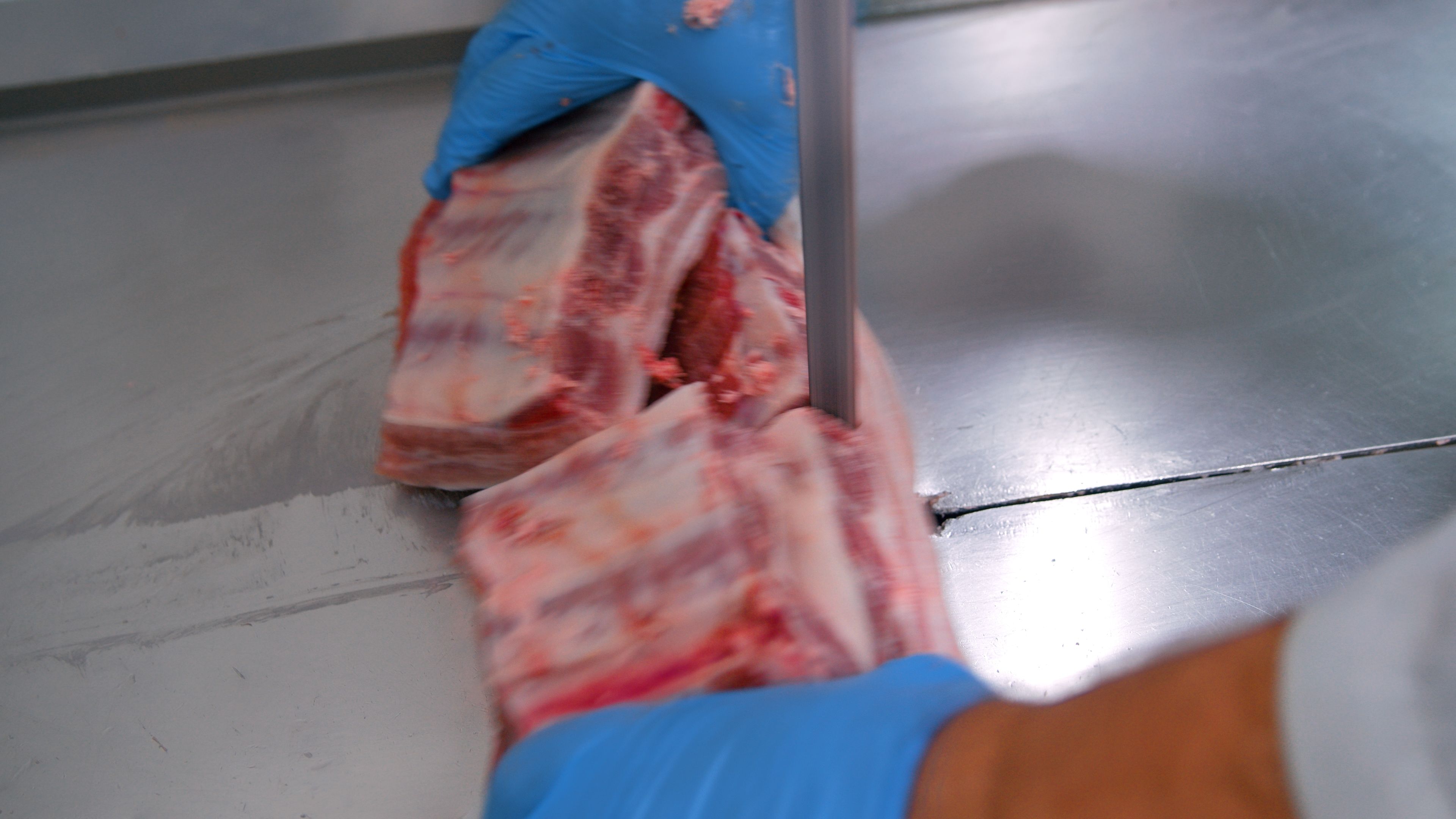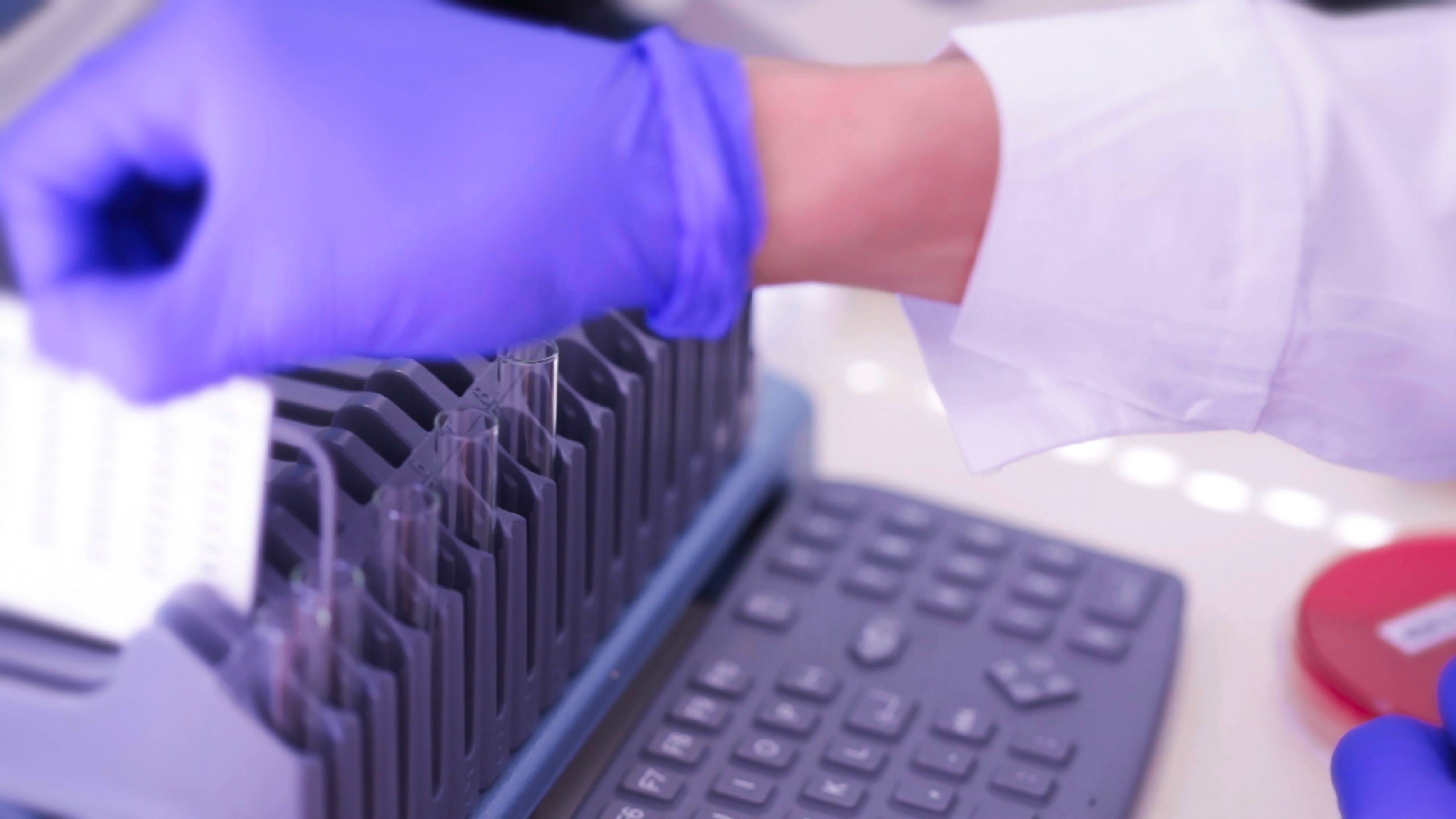Ensuring Hygiene with Food-Grade Gloves
Introduction to Food-Grade Gloves
Maintaining hygiene in food handling is paramount for ensuring safety and quality. Food-grade gloves play a crucial role in achieving this goal. These gloves are specifically designed to meet safety standards and are made from materials that are safe for contact with food. Understanding the importance of using food-grade gloves can help businesses and individuals maintain high standards of hygiene.

The Importance of Hygiene in Food Handling
Hygiene is a critical factor in food safety. Contaminants can easily be transferred from hands to food, leading to potential health risks. By using food-grade gloves, food handlers can minimize the risk of contamination. This is especially important in environments where raw and cooked foods are handled frequently, such as in restaurants, catering services, and food processing plants.
Food-grade gloves act as a barrier, reducing the chance of bacteria and other harmful substances coming into contact with food. This simple yet effective measure protects both consumers and businesses from the consequences of foodborne illnesses.
Types of Food-Grade Gloves
There are several types of food-grade gloves available, each suited for different tasks and preferences. The most common materials include:
- Nitrile Gloves: Known for their durability and resistance to chemicals, nitrile gloves are ideal for handling raw meats and oily foods.
- Vinyl Gloves: These are cost-effective options best suited for tasks that require frequent glove changes.
- Latex Gloves: Offering excellent elasticity and comfort, latex gloves are preferred for tasks that require precision.

Selecting the Right Gloves for Your Needs
Choosing the right type of glove depends on several factors, including the type of food being handled, the duration of use, and any specific allergies among users. For instance, nitrile gloves are a great choice for those who might have latex allergies. Businesses should assess their specific needs to ensure they select the most appropriate gloves for their operations.
Additionally, it is crucial to ensure that the gloves fit well. Ill-fitting gloves can reduce dexterity and may increase the risk of tearing, which could compromise hygiene standards.
Best Practices for Using Food-Grade Gloves
To maximize the effectiveness of food-grade gloves, it's essential to follow some best practices:
- Always wash hands thoroughly before putting on gloves to prevent cross-contamination.
- Change gloves frequently, especially after handling raw foods or non-food items.
- Avoid touching personal items like phones or face while wearing gloves.

Environmental Considerations
With increasing concern about environmental sustainability, many businesses are looking for eco-friendly options. Biodegradable gloves are becoming more popular as they reduce environmental impact without compromising on hygiene standards. It's important to research and choose options that align with both hygiene and sustainability goals.
Overall, ensuring hygiene with food-grade gloves is a straightforward yet vital practice in maintaining food safety and quality. By selecting the right type of glove and adhering to best practices, businesses can protect their customers and enhance their reputation.
Commercial Kitchen Marketplace
Your one-stop online destination for equipping professional kitchens. Discover a wide selection of durable, high-quality commercial-grade appliances, from heavy-duty ovens and refrigeration units to efficient food preparation tools and essential kitchenware. Visit our store: http://avice.org
